I got inspired to write this post by Feminist Texican Reads. Translated literature remains somewhat under-read and under-appreciated so I have decided to highlight some of my favourite translated-from-a-foreign-language books. I am presenting five categories of five recommendations each and limiting my descriptions to three lines maximum.
Books about:
I. ...touching romance 



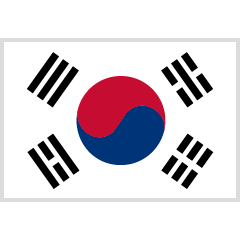

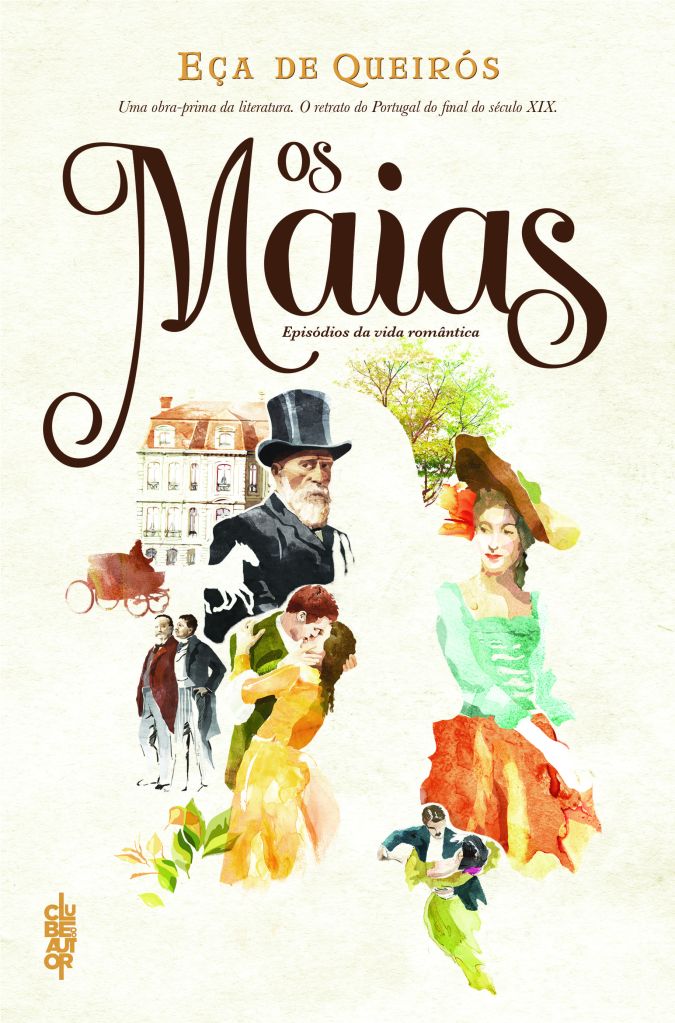
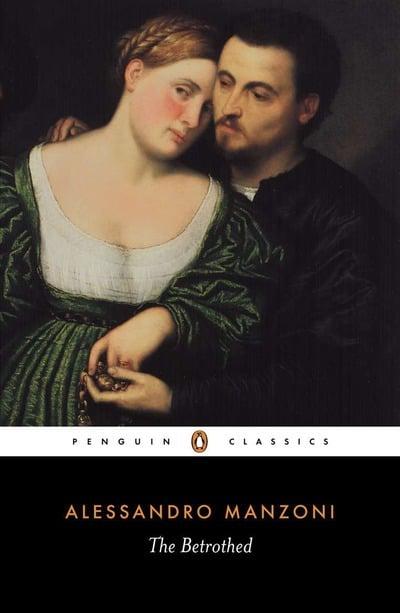
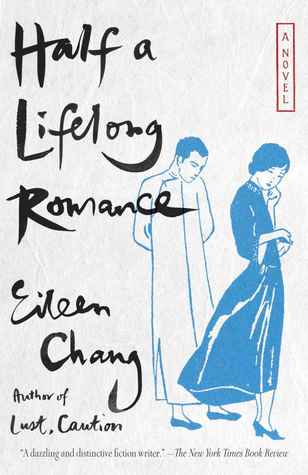

The Phantom of the Opera [1910] by Gaston Leroux
In 1880s Paris, the Opera House is haunted by the Phantom of the Opera who then seems to form an unlikely friendship with an aspiring lead singer. The 1986 musical is based on this book, and Gaston Leroux is also famous for writing an “impossible crime” story The Mystery of the Yellow Room [1907].
The Maias [1888] by Eça de Queirós
This classic novel from Portugal is a tale about the power of love and friendship focusing on my well-to-do family The Maia. Eça de Queirós (The Crime of Father Amaro [1875]) was the early master of subverting expectations.
The Betrothed [1827/1972] by Alessandro Manzoni
This multi-themed Italian classic tells of a pair of lovers separated by unforeseen circumstances and fighting to preserve their love and faith in the face of oppression, betrayal and despair; see my review here.
Half a Lifelong Romance [1948] by Eileen Chang
In my review, I called this novel a modern classic, an exquisite book that has its own special aura. The story is set in the 1930s in China and follows Manzhen, a young girl, who forms friendship with her co-worker Shuhui and his friend Shijun.
The Court Dancer [2007] by Shin Kyung-sook
From the author of Please Look After Mother [2008] comes this historical fiction about a young Korean court dancer, Jin, and her relationship with a French diplomat in the late 1800s.
II. …unputdownable mysteries 
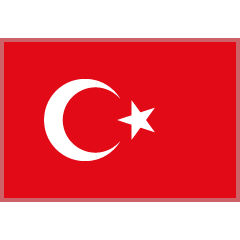
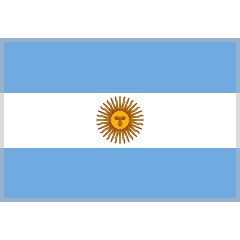


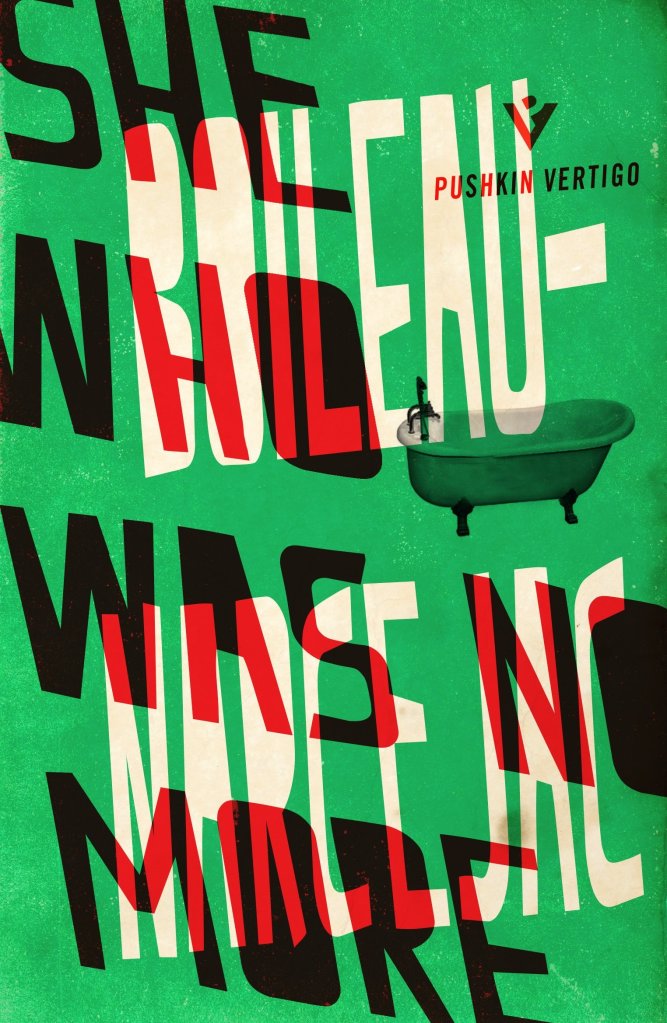

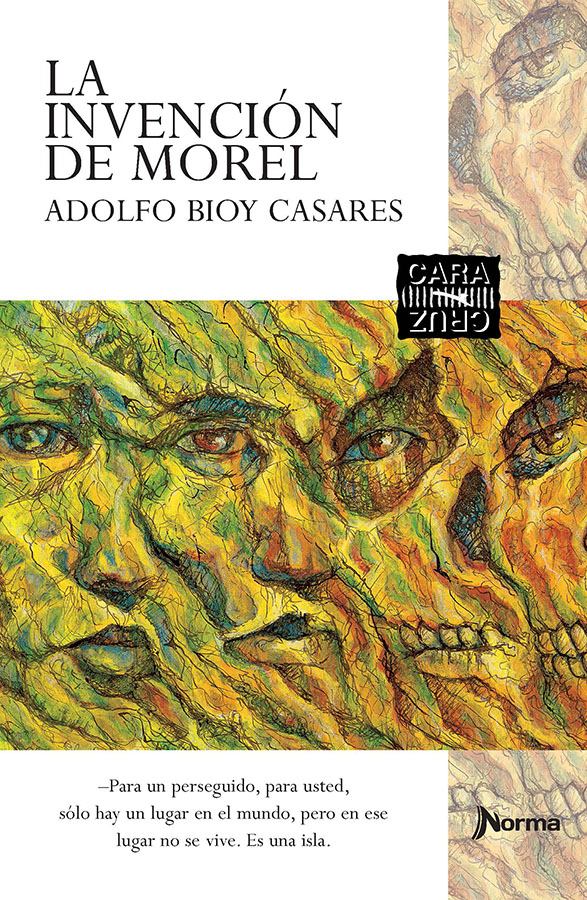
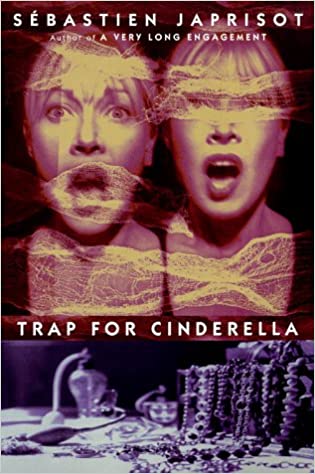
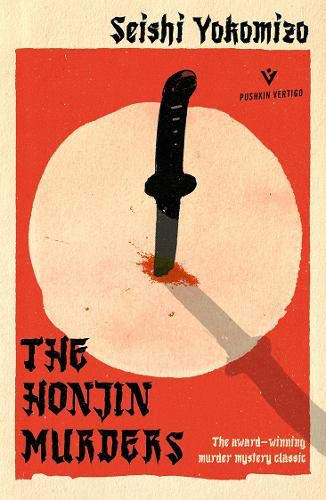
She Who Was No More [1952] by Pierre Boileau & Thomas Narcejac
She Who Was No More is a conundrum of a tale from the duo of authors who are also original authors behind book Vertigo or The Living and The Dead (alternative title). She Who Was No More was also made into now classic film Les Diaboliques [1955].
The Black Book [1990] by Orhan Pamuk
This story concerns a lawyer searching for his wife in cold Istanbul. She seems to have disappeared and clues may be pointing to her connection with one popular newspaper columnist. Pamuk taps into very deep themes here of nostalgia, memory, identity, art and truth.
The Invention of Morel [1940] by Adolfo Bioy Casares
This dreamy Latin American classic that is all about reality being questioned is set on one remote island and talks about its strange happenings as witnessed by our narrator as he gets increasingly confused by the behaviour of one beautiful woman.
Trap for Cinderella [1962] by Sébastien Japrisot
Trap for Cinderella is an inventive psychological thriller that has at its centre two girls, one found dead and one alive in a burnt down beach house. The survivor is burnt beyond recognition and remembers nothing about herself, but who is who and what it all means? Japrisot has plenty of surprises up his sleeve.
The Honjin Murders [1946/2019] by Seishi Yokomizo
In my book review, I said that this murder mystery which centres on a well-to-do Ichiyanagi family living in the village of Okamura is “a very carefully set out one with plenty of red herrings and surprises along the way“.
III. Non-fiction books that open new worlds 
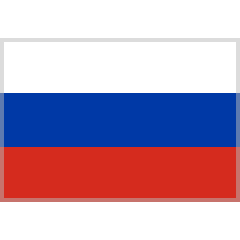
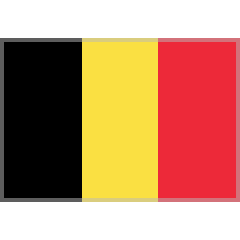


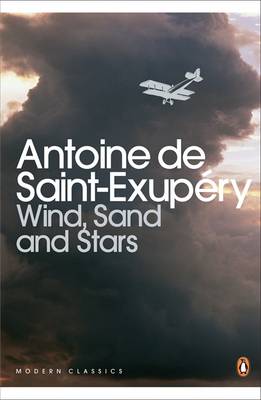
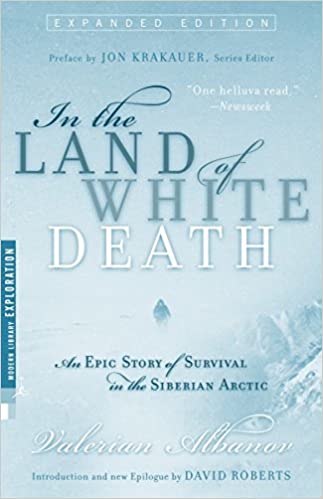
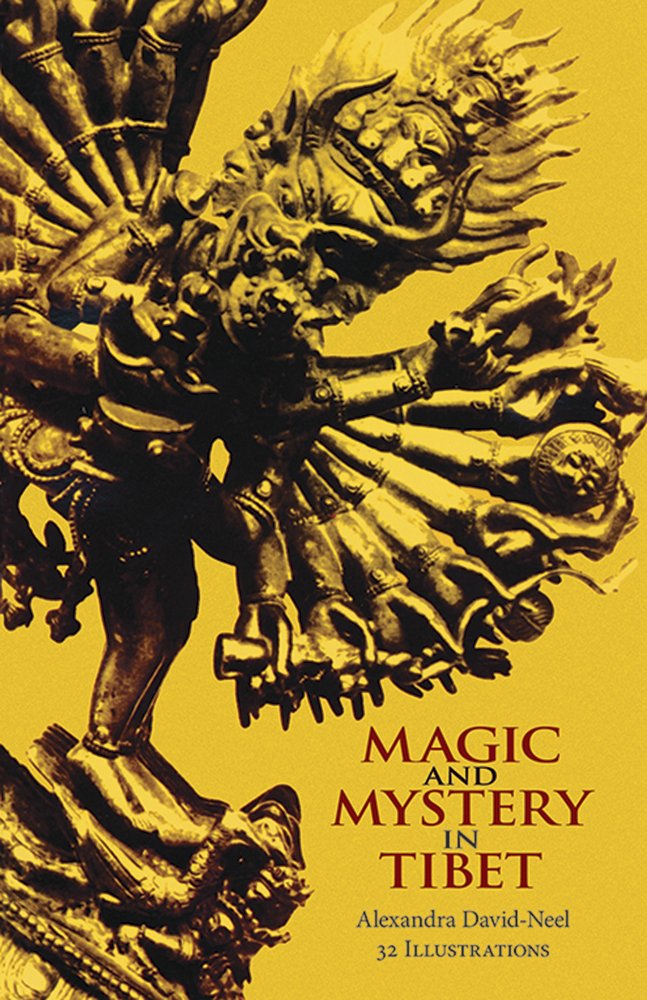
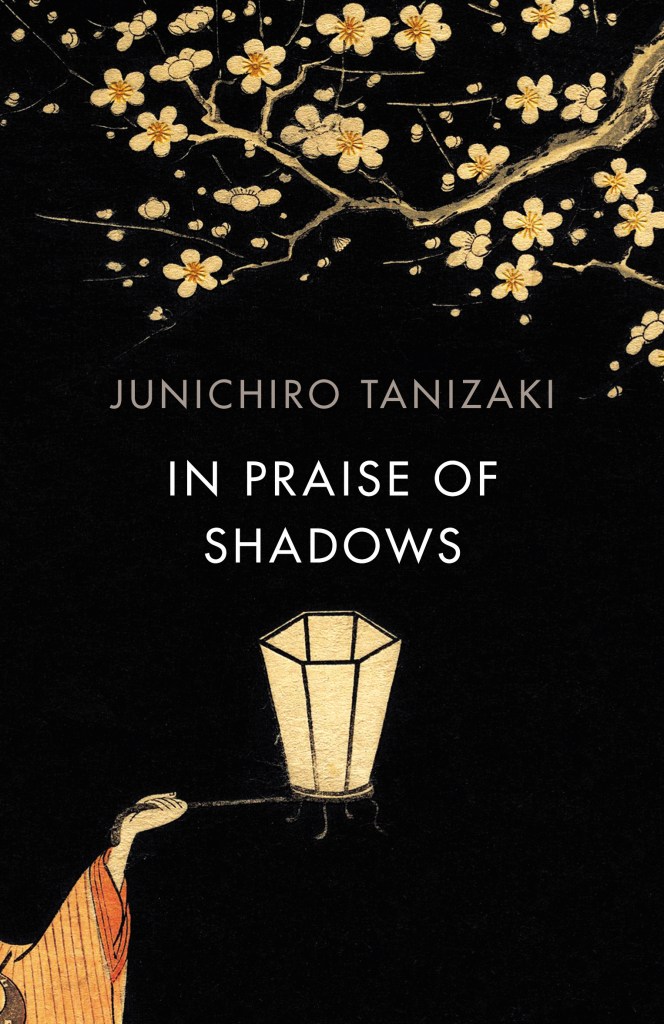
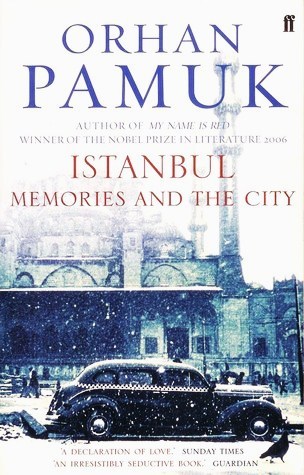
Wind, Sand and Stars [1939] by Antoine de Saint-Exupery
The author of The Little Prince penned this memoir exploring aviation, companionship and beauty of nature, among other topics. Wind, Sand and Stars is an insightful and poetic literary tribute to air adventures.
In the Land of White Death: An Epic Story of Survival in the Siberian Arctic [1917] by Valerian Albanov
Valerian Albanov was a Russian navigator and one of the two survivors of the 1912 Brusilov maritime expedition to the Arctic. This is his story.
Magic and Mystery in Tibet [1929] Alexandra David-Néel
Belgian-French explorer Alexandra David-Neel presents in her book Tibet, and its occult and mysterious practices. I described this book as “persuasive, intelligent and deep”, a book that really stood the test of time; see my review of the book here.
In Praise of Shadows [1933] by Jun’ichirō Tanizaki
This thought-provoking essay on aesthetics contrasts the western tradition obsessed with electric light and order with the Japanese penchant for darkness and imperfection, in which one can find special charm, solace and beauty.
Istanbul: Memories and the City [2003] by Orhan Pamuk
In this book, Turkish author Orhan Pamuk (My Name is Red [1998]) takes us on a journey to his city of birth – Istanbul, a city of contradictions and hidden delights. This is a deeply personal book about a city torn between the West and the East.
IV. Biographical books that tell important true stories 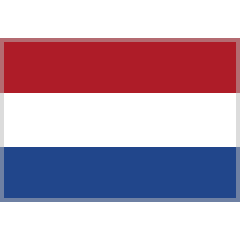




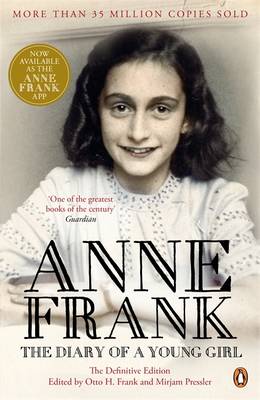
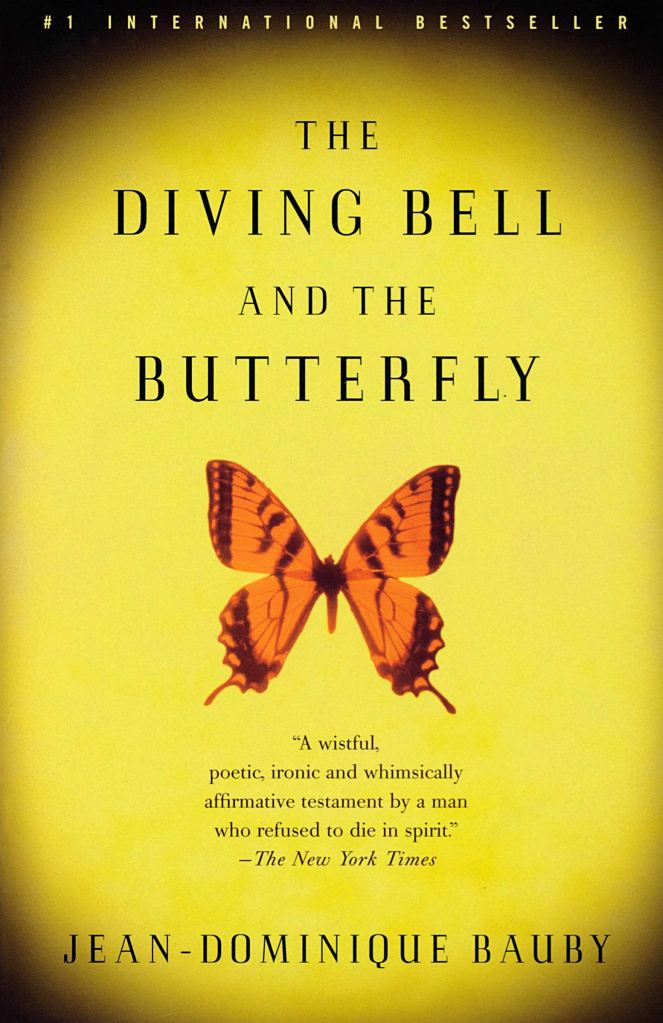
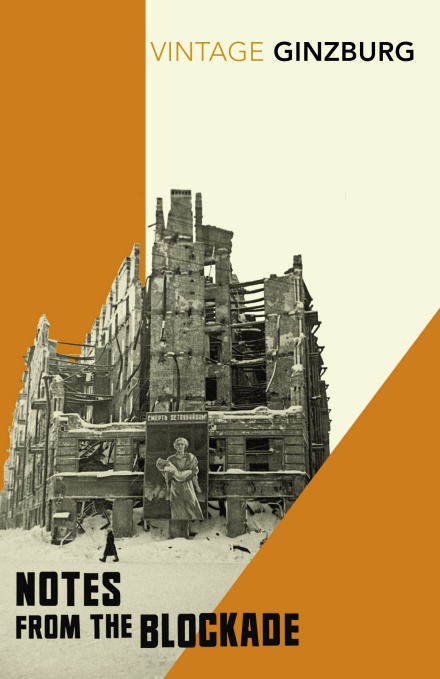
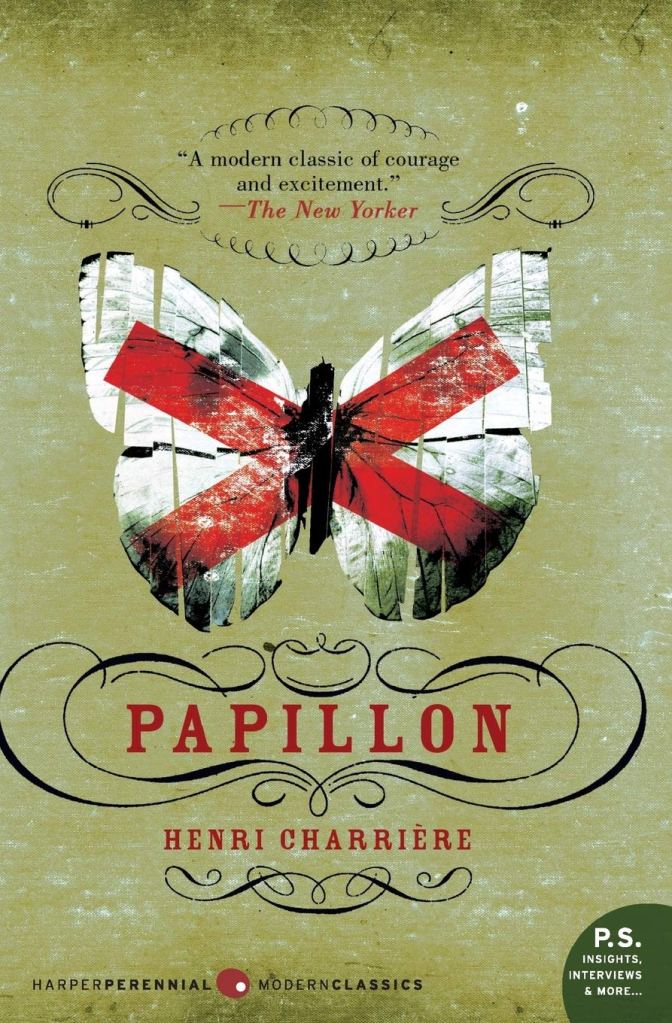
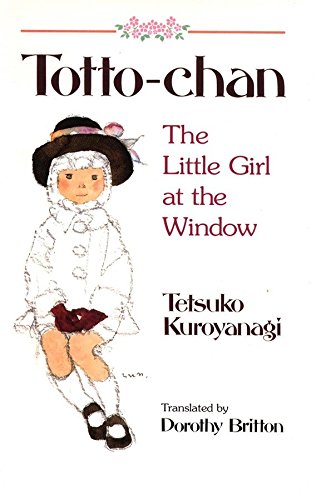
The Diary of a Young Girl [1947/1952] by Anne Frank
The Diary of a Young Girl is one of the world’s most famous first-hand accounts, written by a teenage Jewish girl in 1942 in the Netherlands as her family hid from the Nazis.
The Diving Bell and the Butterfly [1997] by Jean-Dominique Bauby
In 1995, French journalist Jean-Dominique Bauby suffered an unexpected cerebrovascular seizure which resulted in him being completely paralysed, but mentally sound and aware (“locked-in syndrome”). This touching memoir is not only his tale of one strange illness, but also a celebration of life.
Notes From the Blockade [1989] by Lydia Ginzburg
In the World War II, the siege of Leningrad was a 900-day siege carried out by the Nazis and resulting in the death of over one million civilians, most of whom died from starvation. In her book, academic and survivor Lydia Ginzburg documents her experience of surviving the blockade.
Papillon [1969] by Henri Charrière
This is an account of Charrière’s incarceration in and escape from a penal colony in French Guiana between 1931 and 1945. It is often compared to Dry Guillotine [1938] by René Belbenoît.
Totto-chan: The Little Girl at the Window [1981] by Tetsuko Kuroyanagi & Chihiro Iwasaki
In this inspiring autobiographical book told through the eyes of a child, Kuroyanagi describes her childhood and unconventional education she received at elementary school Tomoe Gakuen during the World War II.
V. Recommended graphic novels 




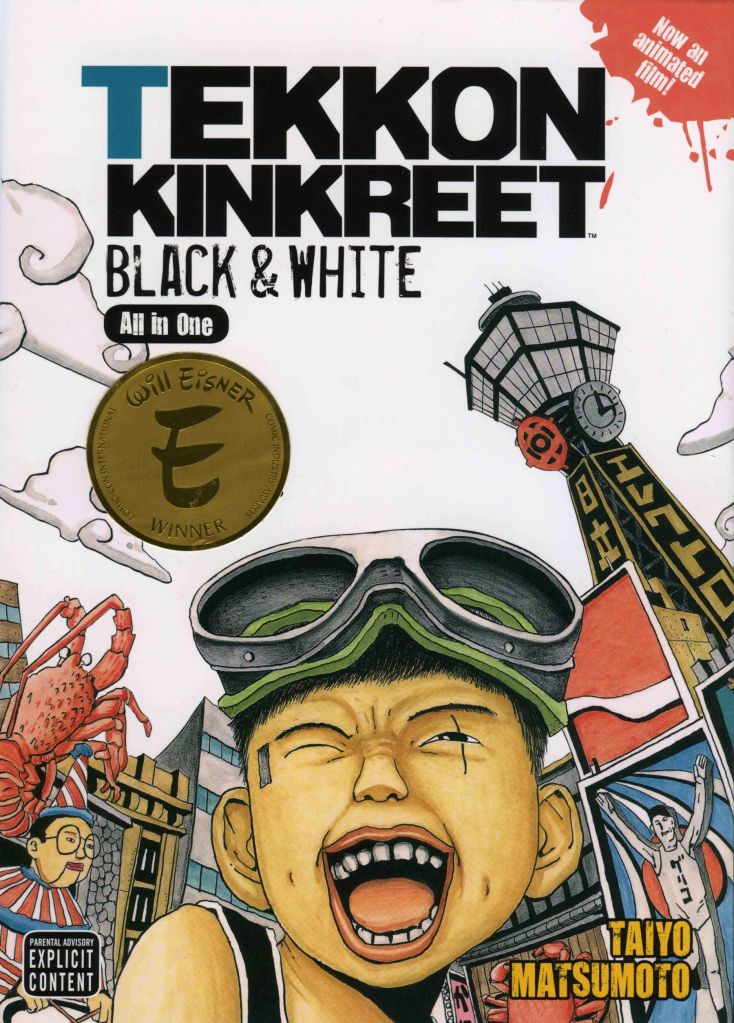
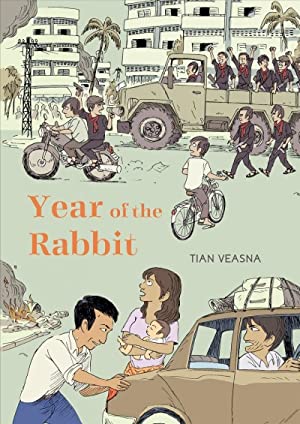
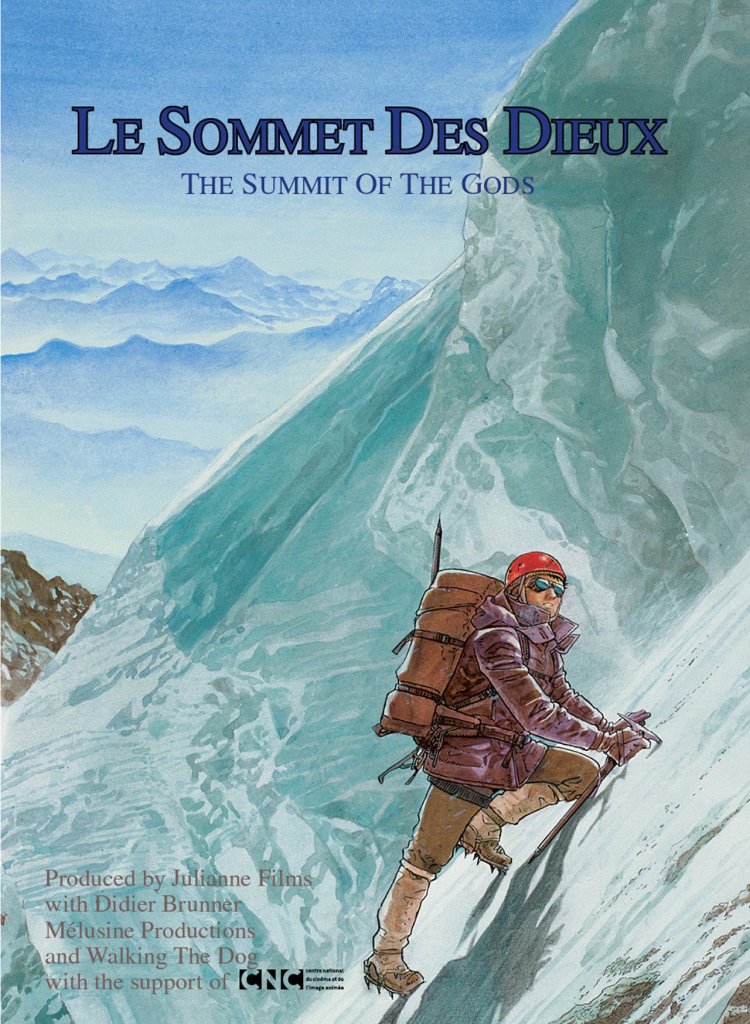
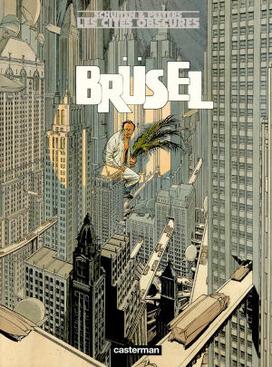
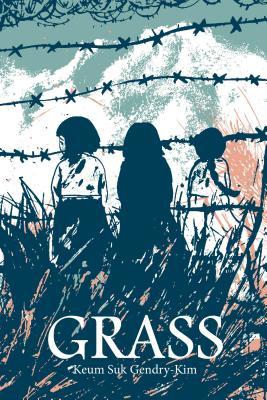
Tekkonkinkreet [1993/1994] by Taiyō Matsumoto
In this story, two orphaned friends, serious Kuro and smiley Shiro roam the streets of Treasure Town trying to survive the city’s numerous dangers. The 2006 animation is a unique, imaginative viewing experience which interweaves the children’s fantastical world with the harsh realities of street life.
Year of the Rabbit [2020] by Tian Veasna
Tian Veasna was born just three days after the Khmer Rouge regime took control of Cambodia and this is an account of his family’s struggle to flee the brutal regime. I will review this book in more detail in my “September 2021 Wrap-Up” post.
The Summit of the Gods [2000/2003] by Jiro Taniguchi
Based on a book by Baku Yumemakura, this “mountaineering” manga tells an exciting story of attempts to climb Mount Everest.
Brusel [1992] by François Schuiten & Benoît Peeters
From the authors of Les Cités obscures comes this story of an owner of a flower shop entangled in the politics of his city. It is a satire on “Bruxellisation” (careless urban planning that destroys historic architecture) and comments on the dangers posed by bureaucracy and technological progress.
Grass [2019] by Keum Suk Gendry-Kim
Grass is described as “a powerful anti-war graphic novel, offering up first-hand the life story of a Korean girl named Lee Ok-sun who was forced into sexual slavery for the Japanese Imperial Army during the Second World War” (Drawn & Quarterly).


Some great books on that list. I see you love Orhan Pamuk just as much as I do. He is one of my favourite authors.
Have you ever read a German translation?
LikeLiked by 1 person
Thanks, no, I haven’t, is it something special?
LikeLike
Sorry, my comment was a little misleading. I didn’t mean a translation of one of Orhan Pamuk’s books since it is one from Turkish anyway. No, I meant a German book translated into English. There are a few that are special.
LikeLiked by 1 person
Oh, I am sorry, my silly mistake. I agree, German-to-English translations can be special. Actually, I had a six category to my post which I deleted before posting: books about the questioning of one’s existence and it had Steppenwolf by Hesse there, which is one of my favourite books and translated from the German and some Kafka too. I also adore The Sorrows of Young Werther by van Goethe. Thomas Mann is always good, and I also previously reviewed Perfume by Patrick Süskind, that’s what immediately comes to mind. I must admit though that I haven’t read much of contemporary German literature.
LikeLike
Those are some great authors. I’m not a huge fan of Kafka, had to read him in school too much, I guess because he’s the only one I had to read in school that I didn’t really like. But I love Thomas Mann. Buddenbrooks is my absolute favourite novel.
LikeLike
So many wonderful recommendations–am going to end up adding plenty to my list.
LikeLiked by 1 person
Among the translations on my TBR is The Prince of the Skies by Antonio Iturbe which is historical fiction based on Antoine de Saint-Exupery’s life.
LikeLiked by 1 person
The Prince of the Skies sounds fantastic, many thanks!
LikeLiked by 1 person
Some great suggestions – this list could be very bad for my TBR!
LikeLiked by 1 person
wow, so many awesome books here! I haven’t seen many bloggers mention Japrisot (I just reviewed this one and I will soon review The Rider on the Rain, which is even better), or in a different genre: In Praise of Shadows.
I have read 8 of those, and there’s a few others on my TBR
LikeLiked by 1 person
Thanks! I think I reviewed Trap for Cinderella back in 2019. I used to read it back when I lived in Russia and all my family read Japrisot translated to Russian. It was popular then. After A Very Long Engagement, I think Trap for Cinderella is my favourite, after that, One Deadly Summer.
LikeLike
I agree with @kaggsysbookishramblings. This list very bad for TBR but excellent in all other respects. The Little Girl at the Window looks like the film Studio Ghibli never made.
LikeLiked by 1 person
Thanks for this – I like that you have included graphic novels
LikeLiked by 1 person
Oh, I love this list! So many new-to-me books and authors! Thank you for sharing 🙂
LikeLiked by 1 person
Very interesting list of books! I’ve read The Bethrothed & Papillon – I really liked Kristen Lavransdatter by Sigrid Undset. I’ve read quite a few children’s books by Dutch authors that were translated into English. I don’t know if it’s certain languages that don’t translate well or just poor translators but I often found them a little clunky.
LikeLiked by 1 person
Thank you! Kristen Lavransdatter sounds like a book worth checking out, many thanks! I’ve only read Swedish Astrid Lindgren’s children’s stories and though I didn’t find translation there too bad, I agree that translations can sometimes get clunky.
LikeLike
Thank you for the recommendations! I’ve been interested in reading more translated works!
LikeLiked by 1 person
Nice blog!
Do visit to my blog and follow it if you like…
LikeLiked by 1 person